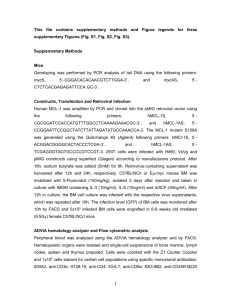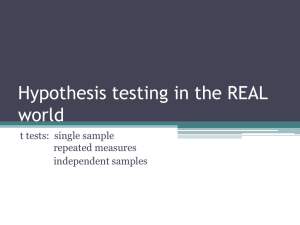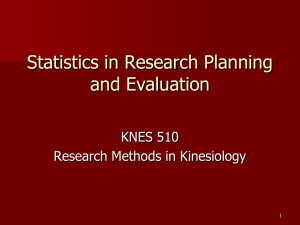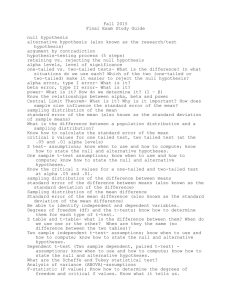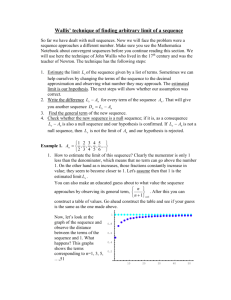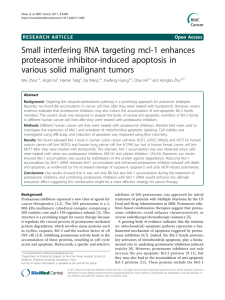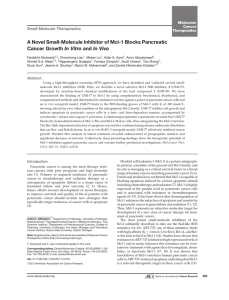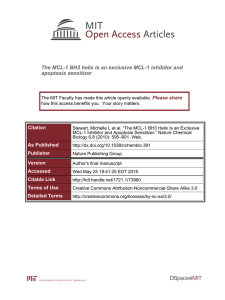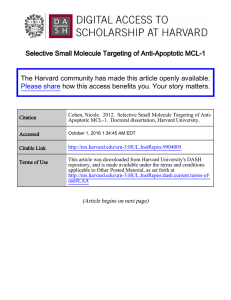Supplemental Figure Legends
advertisement
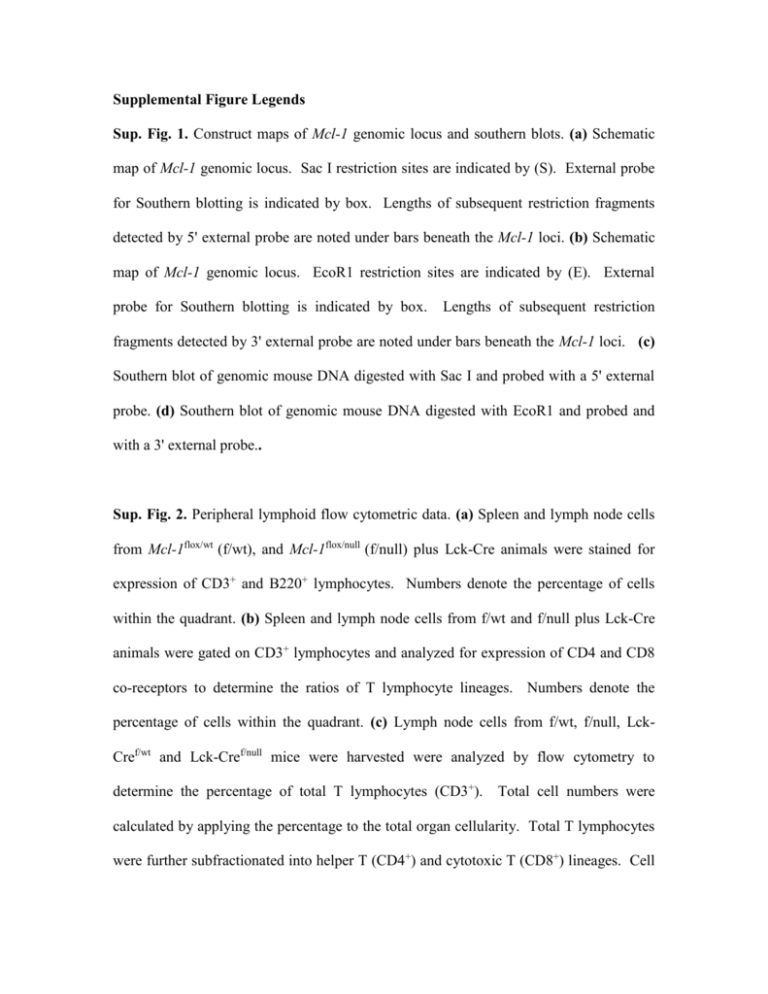
Supplemental Figure Legends Sup. Fig. 1. Construct maps of Mcl-1 genomic locus and southern blots. (a) Schematic map of Mcl-1 genomic locus. Sac I restriction sites are indicated by (S). External probe for Southern blotting is indicated by box. Lengths of subsequent restriction fragments detected by 5' external probe are noted under bars beneath the Mcl-1 loci. (b) Schematic map of Mcl-1 genomic locus. EcoR1 restriction sites are indicated by (E). External probe for Southern blotting is indicated by box. Lengths of subsequent restriction fragments detected by 3' external probe are noted under bars beneath the Mcl-1 loci. (c) Southern blot of genomic mouse DNA digested with Sac I and probed with a 5' external probe. (d) Southern blot of genomic mouse DNA digested with EcoR1 and probed and with a 3' external probe.. Sup. Fig. 2. Peripheral lymphoid flow cytometric data. (a) Spleen and lymph node cells from Mcl-1flox/wt (f/wt), and Mcl-1flox/null (f/null) plus Lck-Cre animals were stained for expression of CD3+ and B220+ lymphocytes. Numbers denote the percentage of cells within the quadrant. (b) Spleen and lymph node cells from f/wt and f/null plus Lck-Cre animals were gated on CD3+ lymphocytes and analyzed for expression of CD4 and CD8 co-receptors to determine the ratios of T lymphocyte lineages. Numbers denote the percentage of cells within the quadrant. (c) Lymph node cells from f/wt, f/null, LckCref/wt and Lck-Cref/null mice were harvested were analyzed by flow cytometry to determine the percentage of total T lymphocytes (CD3+). Total cell numbers were calculated by applying the percentage to the total organ cellularity. Total T lymphocytes were further subfractionated into helper T (CD4+) and cytotoxic T (CD8+) lineages. Cell numbers are from a cohort of 3 littermate animals and error bars denote the standard error of the mean (SEM). (d) Spleen and lymph node cells from f/wt and CD19-Cref/null animals were stained for expression of CD3 and B220 on lymphocytes. Numbers denote the percentage of cells within the quadrant. (e) Lymph node cells from f/wt, f/null, CD19-Cref/wt and CD19-Cref/null mice were counted and analyzed by flow cytometry to determine the total numbers of B220+ cells in the peripheral lymphoid organs. Cell numbers are from a cohort of 3 littermates and error bars denote the SEM. Sup. Fig 3. (a) Lysates of thymocytes were separated by SDS-PAGE and immunoblots developed for MCL-1 and actin. (b) Analysis of T cell thymic development. Thymic profile of CD4 and CD8 expression from f/wt and Lck-Cref/null thymi. Numbers denote percentage of thymocytes in each quadrant. Plots are representative of more than 10 independent analysis. (c) Subsets of CD4-CD8- double negative (DN) thymocytes were determined by flow cytometry in which the percentage of DN1 (upper left, CD44+CD25), DN2 (upper right, CD44+CD25+), DN3 (lower right, CD44-CD25+), and DN4 (lower left, CD44-CD25-) thymocytes from f/wt and Lck-Cref/null, genotypes are presented. Sup. Fig. 4. Analysis of B cell development using cell surface marker staining of bone marrow from f/wt and CD19-Cref/null mice. B cell progenitors are fractionated accordingly: CD4+B220+ cells are subfraction A (Pre-Pro-B), CD127+B220+ subfraction B (Pro-B cells), BP-1+B220+ subfraction C (Pro-B), CD25+B220+ subfraction C' (Pro-B), and CD43-B220+ subfraction D (Pre-B) stages. Box indicates subfraction population and number denotes the percentage of BM lymphoid cells in each population. Plots are representative of 5 independent analyses. Sup. Fig. 5. MCL-1 expression in peripheral lymphocytes. MCL-1 protein levels in thymocytes (Thy), purified splenic T (CD4+ and CD8+), and B (B220+) lymphocyte populations as determined by immunoblot. Actin represents a loading control.
